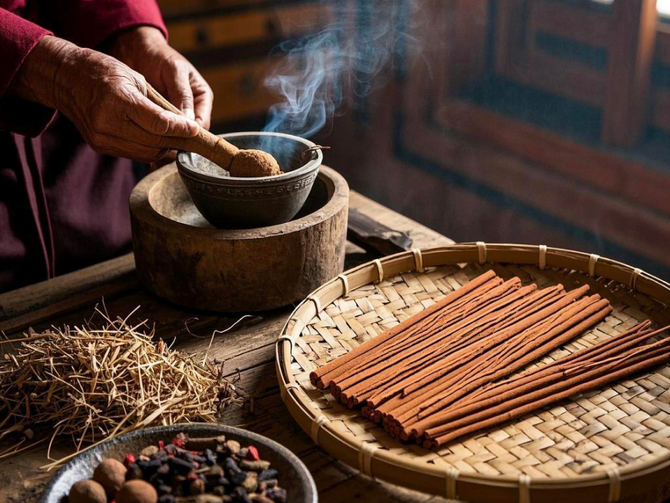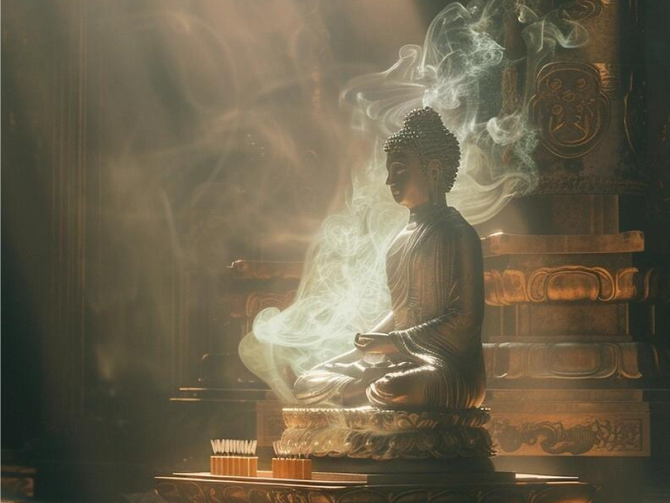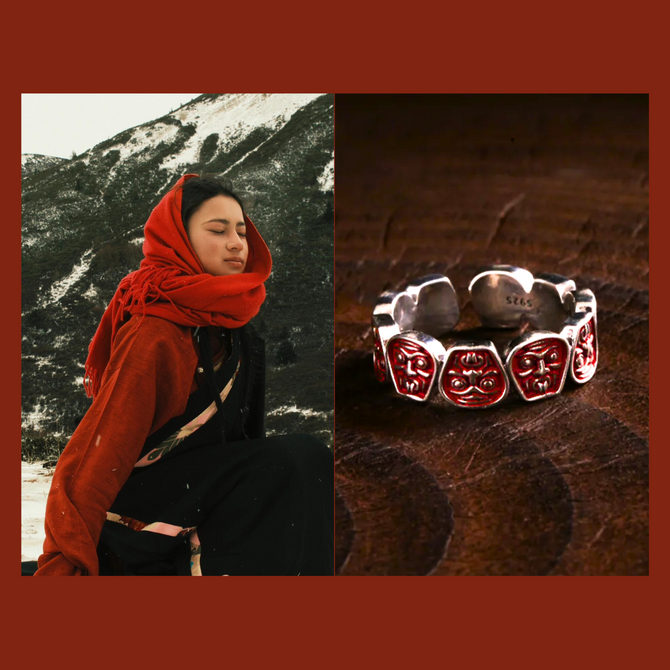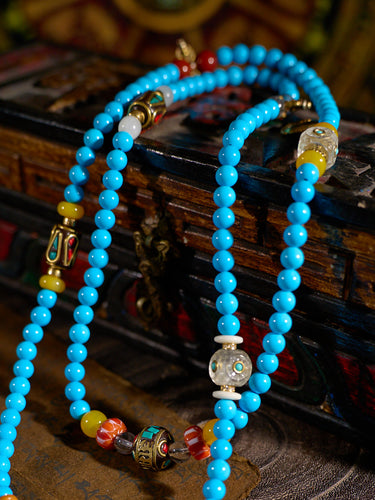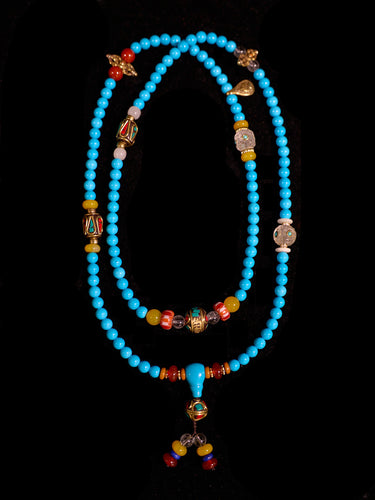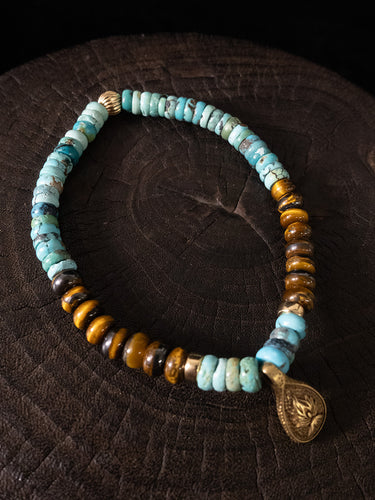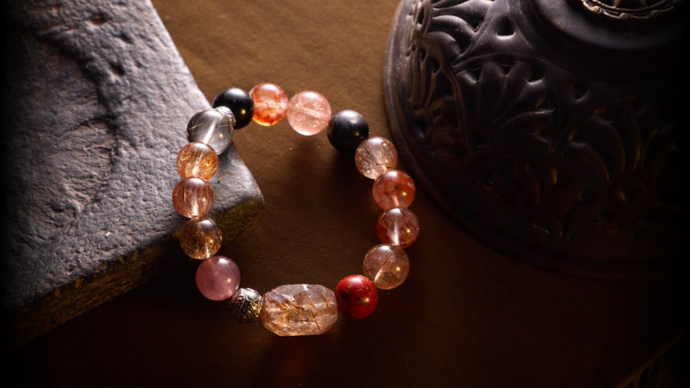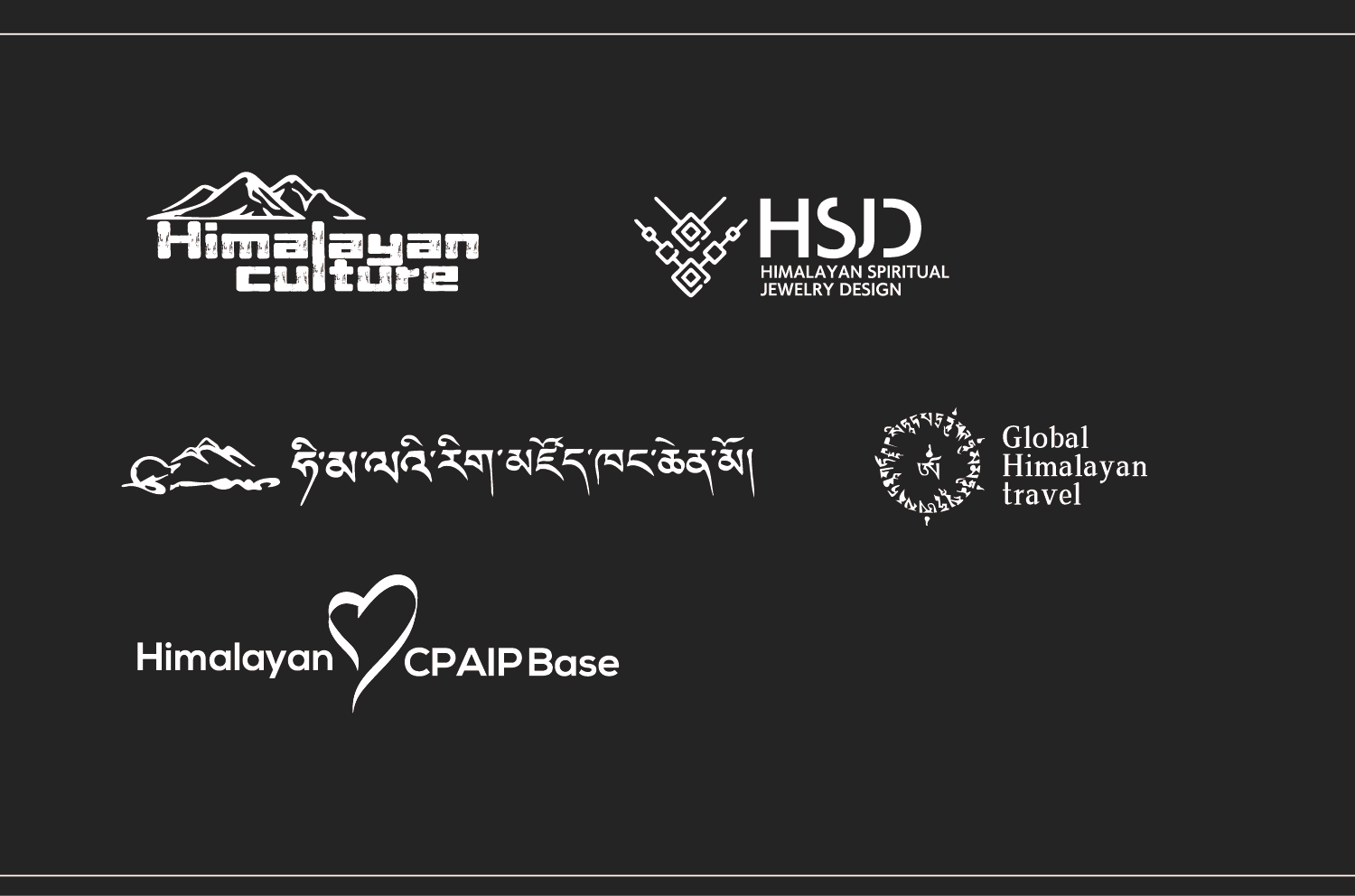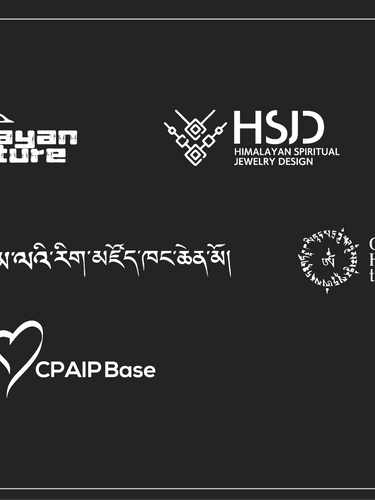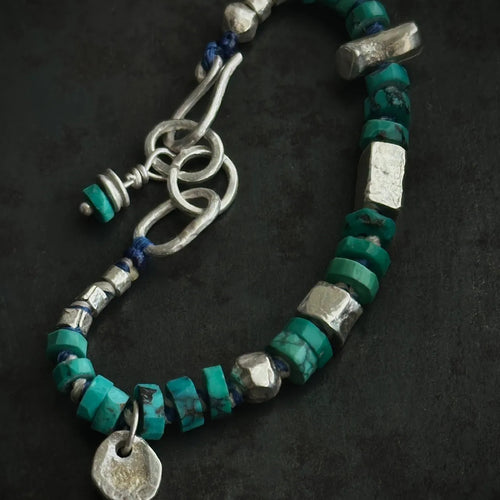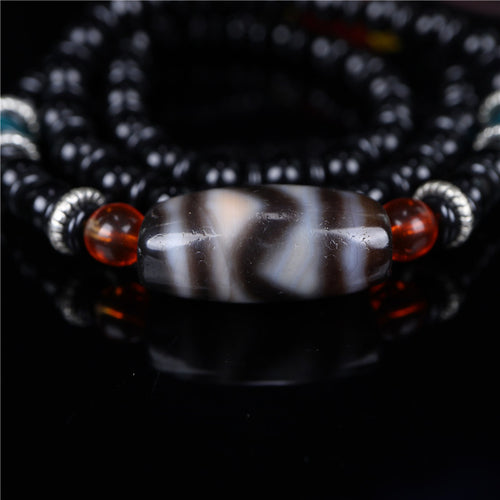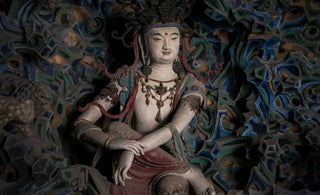
At Oriental Aesthetics, we pride ourselves on providing systematic, high-quality professional services for Oriental artists, collectors, and enthusiasts who appreciate and love classical Oriental art. Our mission is to delve deep into the rich heritage of Chinese Buddha statues, uncovering their hidden stories and exploring the dynamic postures that go beyond mere stillness. In this article, we invite you to embark on a captivating journey through the world of Chinese Buddha statues, where each posture tells a unique tale of spirituality, symbolism, and artistic excellence.
The Gesture of Fearlessness: Abhaya Mudra
The Gesture of Fearlessness, known as the Abhaya Mudra, is a captivating and meaningful posture commonly depicted in Chinese Buddha statues. This mudra represents the absence of fear and the assurance of protection, embodying the Buddha's unwavering courage and his ability to instill fearlessness in his followers. In the Abhaya Mudra, the right hand is raised, palm facing outward, in a gesture of reassurance and fearlessness.
One remarkable example of the Abhaya Mudra can be found in the Longmen Grottoes in Henan, China. These magnificent rock-cut caves house a collection of awe-inspiring Buddhist sculptures, including statues of the Buddha adorned with the Abhaya Mudra. The intricate details and exquisite craftsmanship of these sculptures serve as a testament to the skill and dedication of ancient Chinese artisans.
The Abhaya Mudra carries a profound symbolism, representing the Buddha's ability to dispel fear and offer protection to his followers. The raised hand signifies the reassurance and fearlessness that the Buddha imparts to those who seek his guidance. It serves as a symbol of courage, reminding individuals to overcome their fears and obstacles on the path to enlightenment.The depiction of the Abhaya Mudra in Chinese Buddha statues evokes a sense of calm and tranquility. The serene expression on the Buddha's face, combined with the gesture of fearlessness, creates a captivating image that inspires individuals to face challenges with courage and find solace in the protective presence of the Buddha.
The Teaching Gesture: Dharmacakra Mudra
The Teaching Gesture, known as the Dharmacakra Mudra, is a significant and symbolic posture often depicted in Chinese Buddha statues. This mudra represents the turning of the wheel of dharma, symbolizing the Buddha's teachings and the dissemination of spiritual wisdom. In the Dharmacakra Mudra, both hands are held in front of the chest, with the thumb and index finger touching to form a circle.One notable example of the Dharmacakra Mudra can be found in the Mogao Caves, also known as the Cave of a Thousand Buddhas, in Dunhuang, China. These ancient caves are adorned with a stunning array of Buddhist sculptures, including statues of the Buddha in various mudras, including the Dharmacakra Mudra. The intricate details and artistic mastery showcased in these sculptures highlight the skill and craftsmanship of ancient Chinese artists.
The Dharmacakra Mudra holds deep symbolism, representing the Buddha's teachings and the continuous cycle of wisdom. The circular gesture formed by the thumb and index finger symbolizes the wheel of dharma, signifying the endless flow of spiritual knowledge and enlightenment. It serves as a reminder to individuals to seek wisdom, embrace the teachings of the Buddha, and strive for spiritual growth.
The depiction of the Dharmacakra Mudra in Chinese Buddha statues exudes a sense of serenity and wisdom. The poised and balanced posture, coupled with the tranquil expression on the Buddha's face, creates a captivating image that inspires individuals to delve into the depths of spiritual understanding and follow the path of enlightenment.The Teaching Gesture, portrayed through the Dharmacakra Mudra in Chinese Buddha statues, serves as a poignant reminder of the Buddha's teachings and the eternal quest for wisdom. It encourages individuals to embrace the transformative power of knowledge, seek enlightenment, and share the wisdom they acquire with others.
The Earth Witness Gesture: Bhumisparsha Mudra
The Earth Witness Gesture, known as the Bhumisparsha Mudra, is a powerful and symbolic posture frequently depicted in Chinese Buddha statues. This mudra represents the moment when the Buddha attained enlightenment and called upon the Earth as his witness. In the Bhumisparsha Mudra, the right hand is extended downward, with the fingers touching the ground, while the left hand rests on the Buddha's lap.One remarkable representation of the Bhumisparsha Mudra can be found in the Yungang Grottoes in Shanxi, China. These ancient grottoes are adorned with a magnificent collection of Buddhist sculptures, including statues of the Buddha displaying various mudras, including the captivating Bhumisparsha Mudra. The exquisite craftsmanship and attention to detail in these sculptures exemplify the skill and artistry of ancient Chinese craftsmen.
The Bhumisparsha Mudra carries profound symbolism, signifying the Buddha's deep connection with the Earth and his dedication to alleviating suffering. The gesture represents the Buddha's enlightenment and his profound realization of the interconnectedness of all beings. It serves as a reminder to individuals of their own connection to the Earth and the importance of cultivating compassion and empathy for all living beings.The depiction of the Bhumisparsha Mudra in Chinese Buddha statues exudes a sense of serenity and compassion. The grounded and balanced posture, combined with the serene expression on the Buddha's face, creates a captivating image that evokes a deep sense of peace and inspires individuals to cultivate a compassionate heart and work towards the betterment of the world.
The Earth Witness Gesture, portrayed through the Bhumisparsha Mudra in Chinese Buddha statues, serves as a powerful reminder of the Buddha's enlightenment and his commitment to alleviating suffering. It encourages individuals to recognize their interconnectedness with all beings, embrace compassion, and strive for the well-being of both themselves and the world around them.
At Oriental Aesthetics, we are passionate about delving into the profound world of Chinese Buddha statues. Through the exploration of dynamic postures, such as the Gesture of Fearlessness, the Teaching Gesture, and the Earth Witness Gesture, we unveil the spiritual tales embedded within these sculptures.Our commitment to excellence allows us to provide you with a captivating journey through the world of Chinese Buddha statues, where spirituality, symbolism, and artistic brilliance converge.Join us at Oriental Aesthetics as we continue to unravel the secrets of Chinese Buddha statues, opening doors to a deeper understanding of their dynamic postures and the profound messages they convey.


